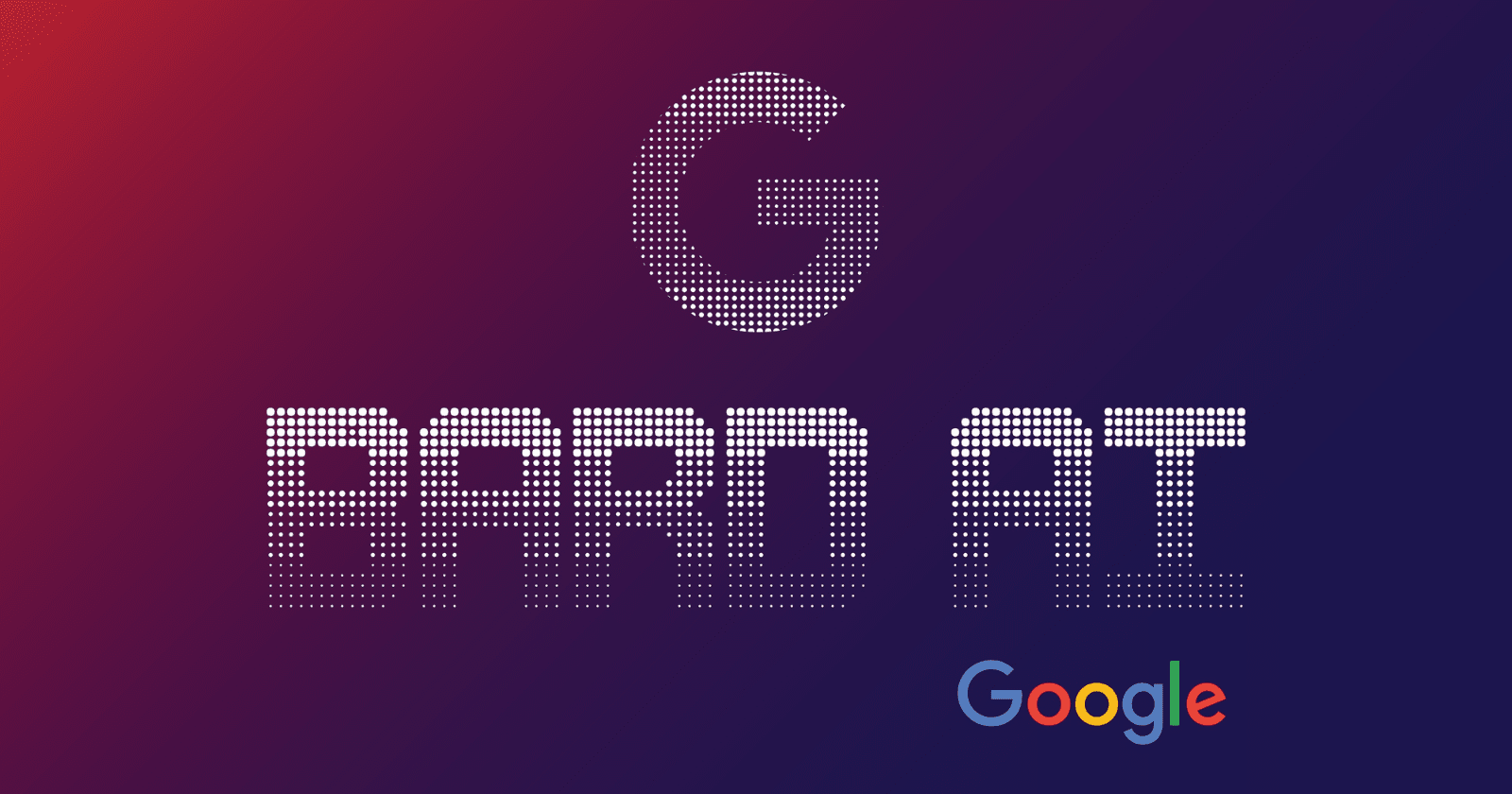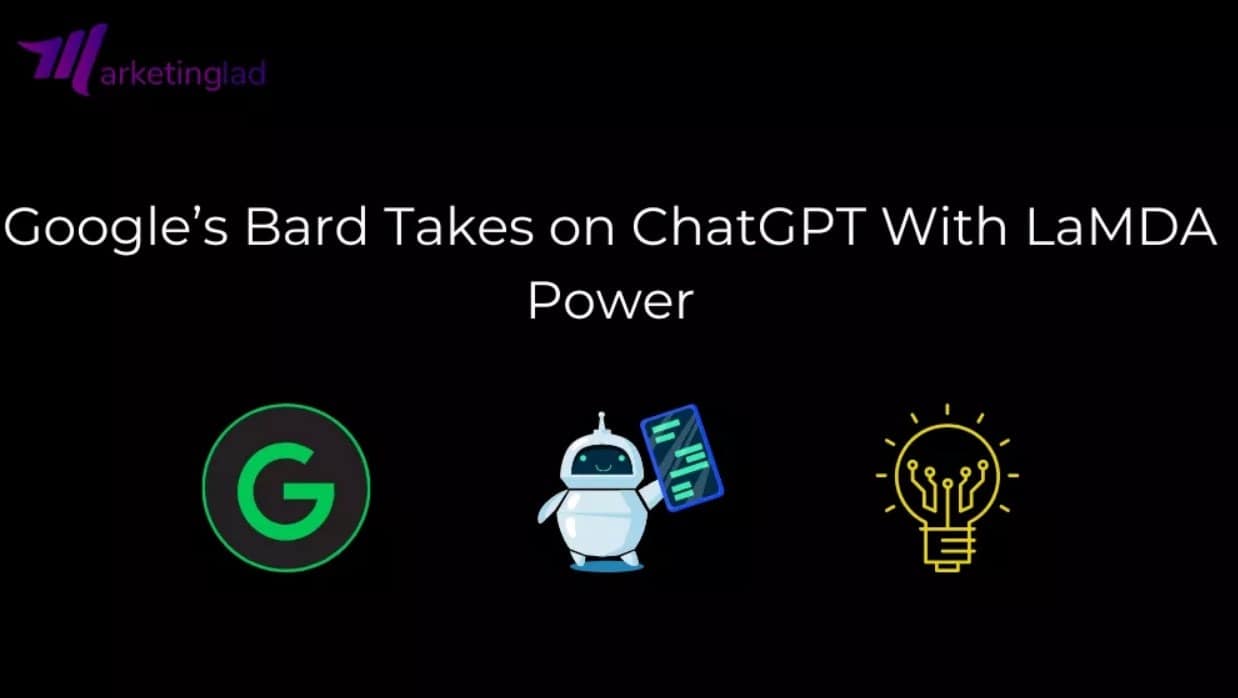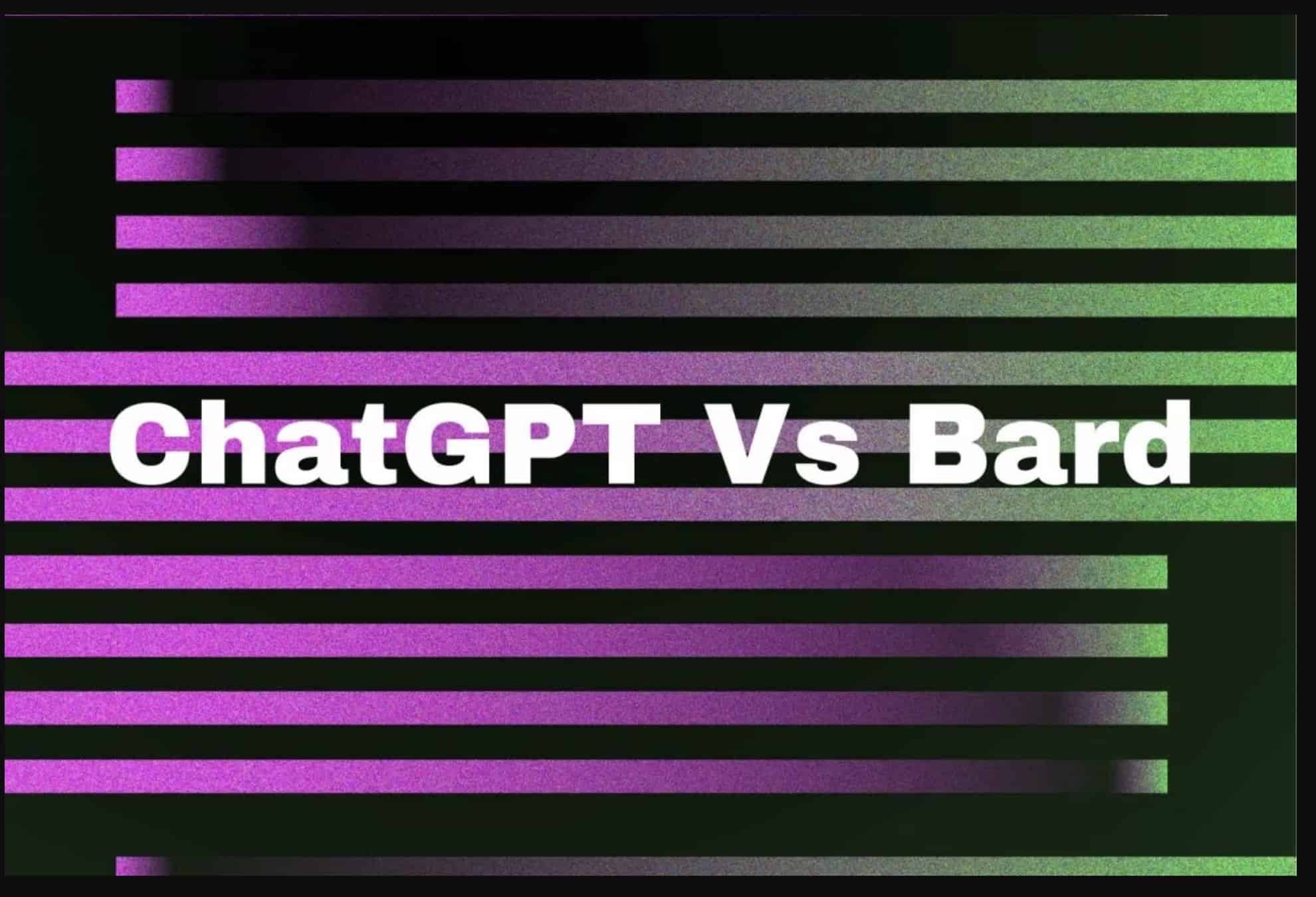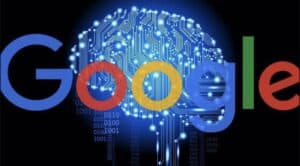As the AI revolution continues, Google Bard steps up as a new competitor to OpenAI’s ChatGPT and the latter’s use by Microsoft. Access will start slowly with “trusted users” with the general public to follow – a waitlist is available if you want to try it out. Google’s cautious approach can be attributed to several factors, not least of which is their previous botched AI demo last month. That initial demo had a factual error leading to a $100 billion stock sell-off by investors.
And it’s not just errors that Google Bard needs to worry about. Google may be a search engine, but it’s an advertising and marketing company with almost all of Alphabet’s revenue coming from AdWords or sponsored links in its search engine results. No one has figured out how to generate income from AI chatbots – at least not at the level Google requires.
This situation puts Google Bard in a difficult position, as its success could threaten Google’s primary revenue source. In contrast, Microsoft has little to lose and much to gain by integrating GPT-4 into its search engine, given Bing’s meager market share. Interestingly, Google developed the transformer neural network architecture that OpenAI leveraged to create ChatGPT.
You can sense the dilemma Google faces in the comments during today’s release. Quoted in The New Yor Times, Sissie Hsiao, a Google vice president for product, said:
We think of Bard as complementary to Google Search. We want to be bold in how we innovate with this technology as well as be responsible.
In contrast, OpenAI doesn’t have to see ChatGPT as complementary to anything other than how people work. They have no search engine revenue to protect; indeed, they are looking for ways to monetize their work on GPT.
Google Bard

Here is the announcement for Google Bard today.
Bard is powered by a research large language model (LLM), specifically a lightweight and optimized version of LaMDA, and will be updated with newer, more capable models over time. It’s grounded in Google’s understanding of quality information. You can think of an LLM as a prediction engine. When given a prompt, it generates a response by selecting, one word at a time, from words that are likely to come next. Picking the most probable choice every time wouldn’t lead to very creative responses, so there’s some flexibility factored in. We continue to see that the more people use them, the better LLMs get at predicting what responses might be helpful.
Google is quick to caution users about Bard’s ability to push out inaccurate information – what is referred to in AI circles as hallucinations. Of course, Google search does the same, as there is no guarantee of the accuracy of the websites listed in a search result. But at least there, you can pick ones you think are accurate or even run through several of them. AI Chatbots give you only one answer, often stated affirmatively (though you can usually ask them to try again).
While LLMs are an exciting technology, they’re not without their faults. For instance, because they learn from a wide range of information that reflects real-world biases and stereotypes, those sometimes show up in their outputs. And they can provide inaccurate, misleading or false information while presenting it confidently. For example, when asked to share a couple suggestions for easy indoor plants, Bard convincingly presented ideas…but it got some things wrong, like the scientific name for the ZZ plant.
Differences Between Google Bard and OpenAI’s ChatGPT
You may be wondering how OpenAI’s ChatGPT differs from Google’s chatbot, which relies on LaMDA – which stands for “Language Model for Dialogue Applications.” If your memory is good, you may recall that an earlier internal release of LaMDA was the basis for former Google engineer Blake Lemoine controversial remarks urging Google to consider that LaMDA might be “sentient.”

Both LaMDA and GPT are similar as large language models but with fundamentally different strengths. In chatting with GPT-4 (as I do regularly these days), ChatGPT offered the following analysis:
As a language model based on GPT-4, I have some advantages compared to LaMDA. Although I can’t directly compare the two models without specific performance metrics or use cases, I can highlight some general strengths of GPT-4:
- Larger-scale training: GPT-4 is trained on a larger dataset and has more parameters than LaMDA. This potentially allows GPT-4 to have a better understanding of language patterns, a wider range of knowledge, and improved contextual understanding.
- Open-domain knowledge: GPT-4 is designed for open-domain tasks and can engage in conversations on a wide range of topics. While LaMDA is also designed for open-domain conversation, the scale of GPT-4 may give it an edge in certain contexts.
- Generality: GPT-4 can handle various tasks, including answering questions, generating text, summarizing, translation, and more. While LaMDA aims to provide natural conversation, GPT-4’s broader capabilities may make it more versatile for different applications.
So Google is banking more on a genuinely conversational model that will interact with you naturally. Conversely, GPT can offer a broader range of topics and results with content generation and translations.
An Epic AI Rivalry

The competition between Google Bard and ChatGPT may become one of the most significant rivalries of the decade. Each has its unique strengths and limitations, and it’s possible that both could coexist, much like iOS and Android in the smartphone world. The choice ultimately depends on individual and organizational AI needs. Currently, OpenAI leads the race with a faster rollout and more extensive results.
Google, having invented transformer architecture, has always had AI at the heart of its work. The paper announcing the simple network architecture back in 2017 was titled, Attention Is All You Need.” Ironically, it not only summed up a new AI architecture but Google’s very business model.
On the other hand, the digital revolution is littered with the corpses of companies that once ruled their domain, only to lose their way as technology changes. We don’t expect Google to become the next piece of roadkill on the digital highway to the future, but clearly, OpenAI presents a profound challenge. The main feature protecting Google right now is that the cutoff date for ChatGPT’s training was September 2021, which limits its use on topics related to recent developments and events. Google’s advantage is that it has a suite of applications – such as Google Docs and Slides, which could seamlessly integrate Google Bard in the future—if it works. And don’t count Microsoft out, as they have the resources and the desire to make Bing relevant to our lives (and their corporate bottom line) once again.
An epic AI battle is unfolding in front of our eyes, and you get a seat at center court. How you use these new developments will help shape their role in our future.
Emory Craig is a writer, speaker, and consultant specializing in virtual reality (VR) and artificial intelligence (AI) with a rich background in art, new media, and higher education. A sought-after speaker at international conferences, he shares his unique insights on innovation and collaborates with universities, nonprofits, businesses, and international organizations to develop transformative initiatives in XR, AI, and digital ethics. Passionate about harnessing the potential of cutting-edge technologies, he explores the ethical ramifications of blending the real with the virtual, sparking meaningful conversations about the future of human experience in an increasingly interconnected world.

